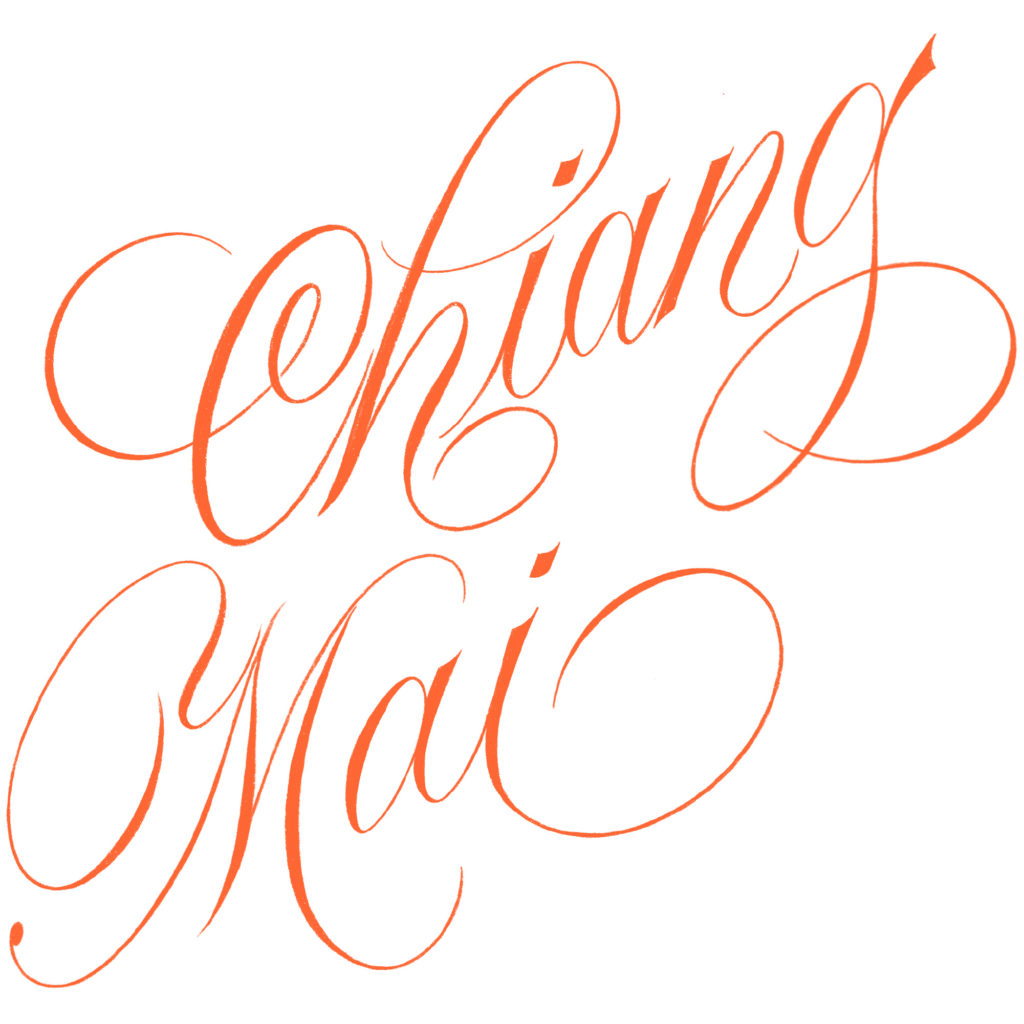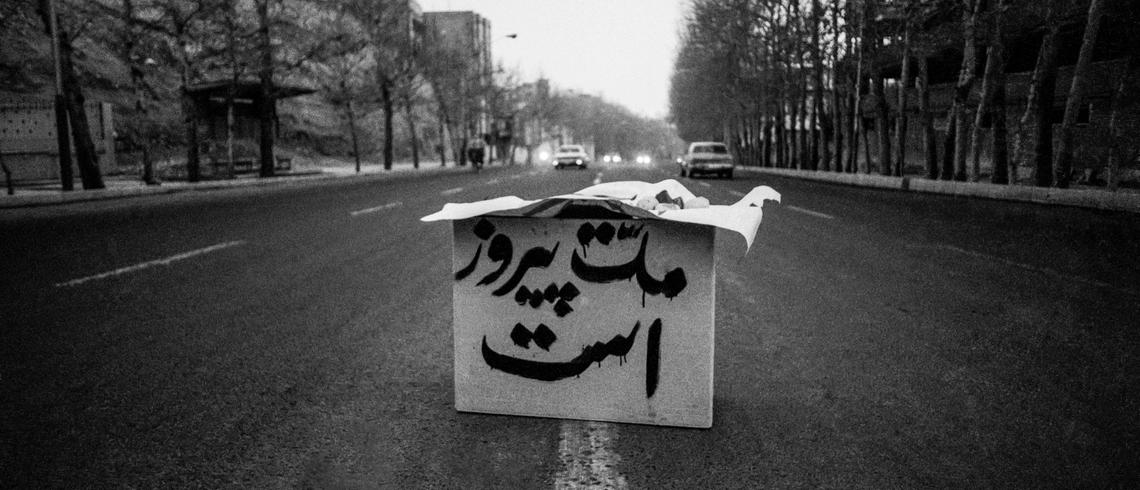Protest art refers to the artistic works created by activists and social movements. It is a traditional means of communication used by a cross-section of collectives and the state to inform and persuade citizens. The slogans of the revolution, movement, or demonstration are written on walls and buildings while the writer is in distress. This usually occurs at night in the cover of darkness. The scribe is not worried about letterform correction or aesthetics, they aim only to express themselves by writing their thoughts on the surface and informing the public. But their action surpasses this; they are creating art. They represent a specific cause or message from furious people that need to be heard. Protest art is an essential technique for increasing social awareness and developing networks. It has long been a powerful platform for conveying ideas to the masses, as it can promote conversation and highlight social, political, and environmental issues.
Thai Type Tourist
The population of Thailand is around 70 million people, 11 of them living in Bangkok alone.
Thailand is home to 71 living languages. The 2014 Ethnologue country report lists one national language (Thai), one educational language (Isan), 27 developing languages, 18 vigorous languages, 17 threatened languages, and 7 dying languages.
“Thailand has experienced the gravitational pull of Europe over the agitations to do with becoming ‘modern’. Yet, it has never been formally colonised” by Rachel V. Harrison and Peter A. Jackson.

On July 19th, my partner and I moved to Thailand for one month while working remotely.
Continue reading
Ismar David’s visitors’ book design for The Jewish Palestine Pavilion at the 1939 New York World’s Fair
This profile is part of a series of interviews chronicling the experiences of researchers who use The New York Public Library’s collections for the development of their work.
The interview was conducted by Dr. Lyudmila Sholokhova, Curator of the Dorot Jewish Division. It was originally posted on the NYPL blog, July 5, 2022.

The visitor’s book of The Jewish Palestine Pavilion at the 1939 New York World’s Fair.

